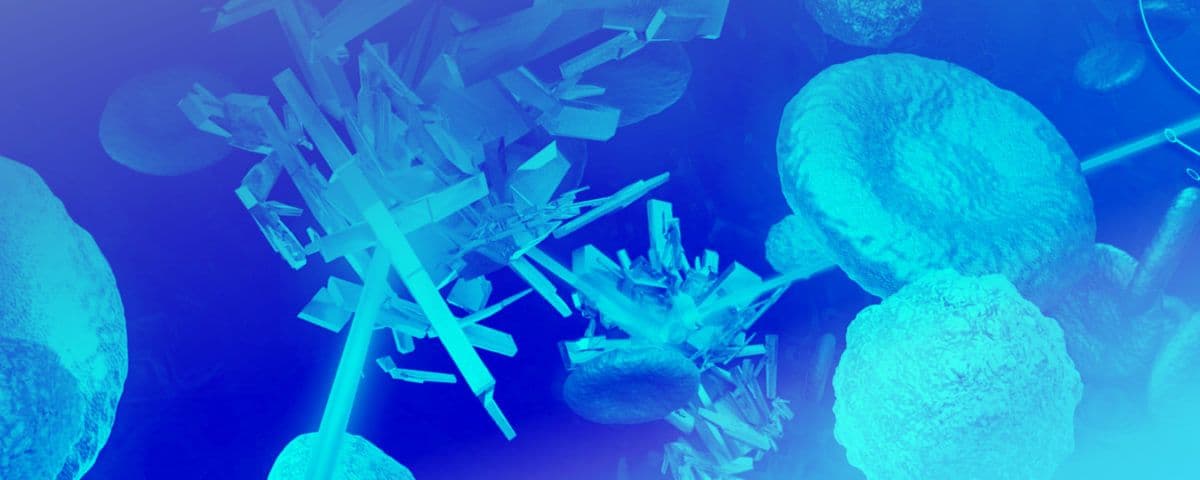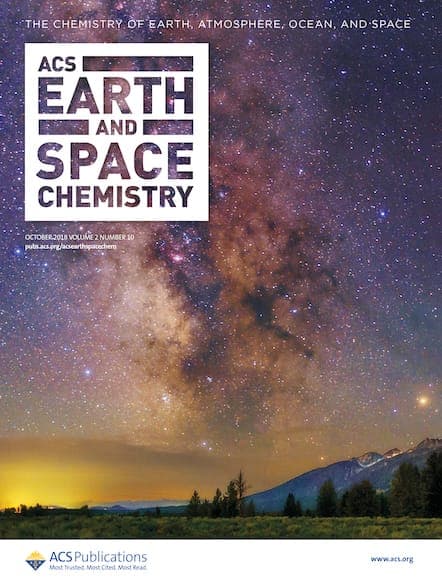We’ve compiled lists of the five most-read analytical chemistry articles that appeared in each ACS Publications journal in March 2019, including research, reviews, perspectives and editorial pieces.

There are lots of different ways to look at the reach of an article. You can look at citations, Altmetric Attention Scores, awards, and more. One way to consider the influence of an article is just by looking at how many people chose to read it. To that end, we’ve compiled lists of the five most-read chemistry articles that appeared in each ACS Publications journal in March 2019, including research, reviews, perspectives, and editorial pieces. These lists were not chosen by the journal’s editors and should not be taken as a “best of” list, but as another perspective on where the chemistry community allocated their attention.
Get free monthly updates on the most-read research in your field.
Read more of March’s most-read articles: Analytical | Applied | Biological | Materials Science & Engineering | Multidisciplinary | Organic/Inorganic | Physical
***
Data-Independent Acquisition for the Orbitrap Q Exactive HF: A Tutorial
J. Proteome Res., 2019, 18 (3), pp 803–813
DOI: 10.1021/acs.jproteome.8b00845
Metabolic Signatures of Cystic Fibrosis Identified in Dried Blood Spots For Newborn Screening Without Carrier Identification
Open Access Through ACS Editors’ Choice
J. Proteome Res., 2019, 18 (3), pp 841–854
DOI: 10.1021/acs.jproteome.8b00351
Proteomic Atlas of the Human Brain in Alzheimer’s Disease
J. Proteome Res., 2019, 18 (3), pp 1380–1391
DOI: 10.1021/acs.jproteome.9b00004
Mapping the Ku Interactome Using Proximity-Dependent Biotin Identification in Human Cells
Open Access Through ACS AuthorChoice
J. Proteome Res., 2019, 18 (3), pp 1064–1077
DOI: 10.1021/acs.jproteome.8b00771
Suspension Trapping (S-Trap) Is Compatible with Typical Protein Extraction Buffers and Detergents for Bottom-Up Proteomics
J. Proteome Res., 2019, 18 (3), pp 1441–1445
DOI: 10.1021/acs.jproteome.8b00891
